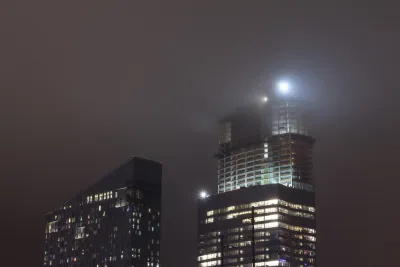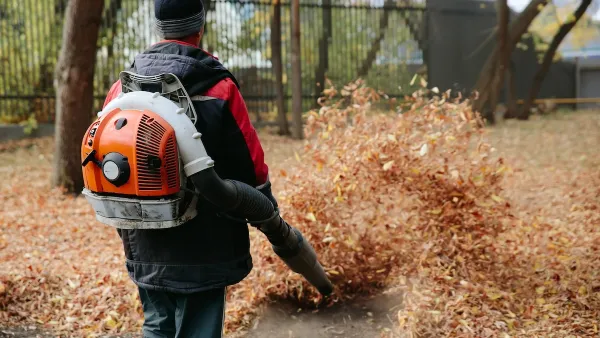Re-evaluating the role of planning in creating, and reversing, disturbing public health outcomes, like asthma rates among African-Americans in Philadelphia.

M. Sophia Newman explains the connections between planning decisions and the public health outcome of asthma rates.
More than 26 million people in the U.S. have asthma, a condition involving spasms in the lungs that makes breathing difficult; it’s among the most common chronic diseases in the country. May is Asthma Awareness Month when public-health officials hope to increase education about the condition.
The article focuses specifically on asthma rates in Philadelphia, which suffers the chronic ailment at higher rates than the rest of the state of Pennsylvania. African-American residents are particularly susceptible, caused by a century of planning and policy decisions.
The pernicious legacy of institutional racism has segregated communities of color in underserved neighborhoods in cities across the country — districts with poor-quality housing stock clustered near areas of heavy industry, transportation centers and other sources of air pollution. What’s ultimately at the core of addressing asthma and its disparities, according to a wide range of researchers, activists, and public health professionals, is not attention to race itself at all. Rather, useful interventions range from clinical care to housing policy to confronting corporate and government polluters.
The article provides insight into numerous potential solutions, both for individuals and at scale. Housing policies, such as improving the ability of tenants to remediate in-home triggers of asthma, figure prominently as solutions to the problem, as does dealing with air pollution sources that impact the public realm. On that latter point, Newman notes a lack of consensus: "The premise that outdoor air pollution aggravates asthma may be more controversial than any other in asthma care."
FULL STORY: Why Racial Disparities in Asthma Are an Urban Planning Issue

National Parks Layoffs Will Cause Communities to Lose Billions
Thousands of essential park workers were laid off this week, just before the busy spring break season.

Retro-silient?: America’s First “Eco-burb,” The Woodlands Turns 50
A master-planned community north of Houston offers lessons on green infrastructure and resilient design, but falls short of its founder’s lofty affordability and walkability goals.

Delivering for America Plan Will Downgrade Mail Service in at Least 49.5 Percent of Zip Codes
Republican and Democrat lawmakers criticize the plan for its disproportionate negative impact on rural communities.

Test News Post 1
This is a summary

Test News Headline 46
Test for the image on the front page.

Balancing Bombs and Butterflies: How the National Guard Protects a Rare Species
The National Guard at Fort Indiantown Gap uses GIS technology and land management strategies to balance military training with conservation efforts, ensuring the survival of the rare eastern regal fritillary butterfly.
Urban Design for Planners 1: Software Tools
This six-course series explores essential urban design concepts using open source software and equips planners with the tools they need to participate fully in the urban design process.
Planning for Universal Design
Learn the tools for implementing Universal Design in planning regulations.
EMC Planning Group, Inc.
Planetizen
Planetizen
Mpact (formerly Rail~Volution)
Great Falls Development Authority, Inc.
HUDs Office of Policy Development and Research
NYU Wagner Graduate School of Public Service





























